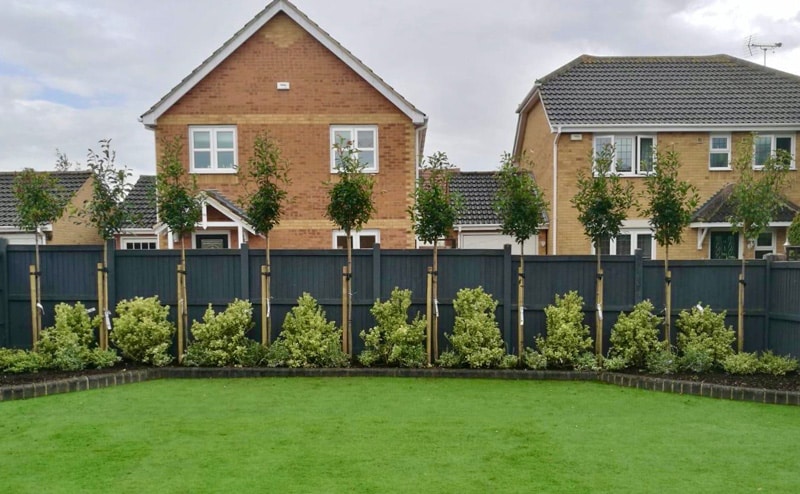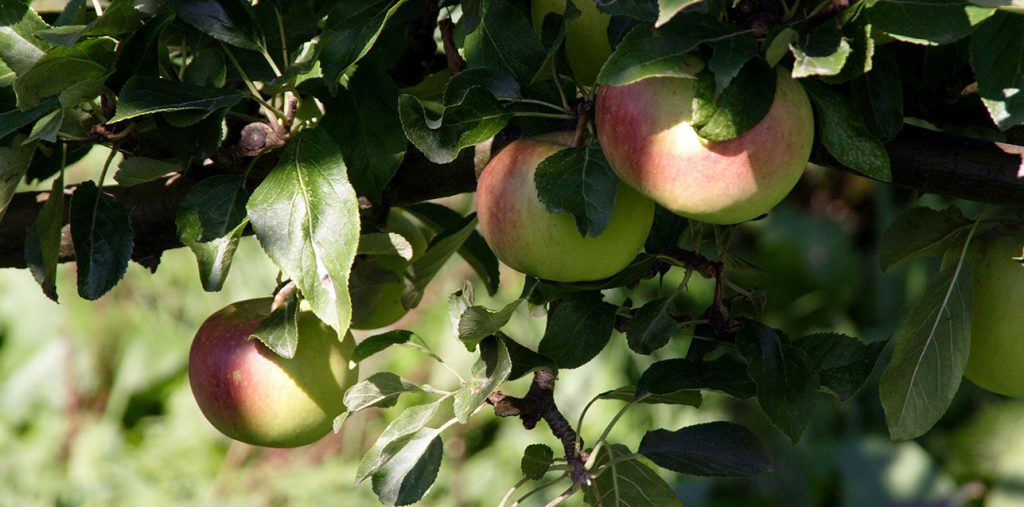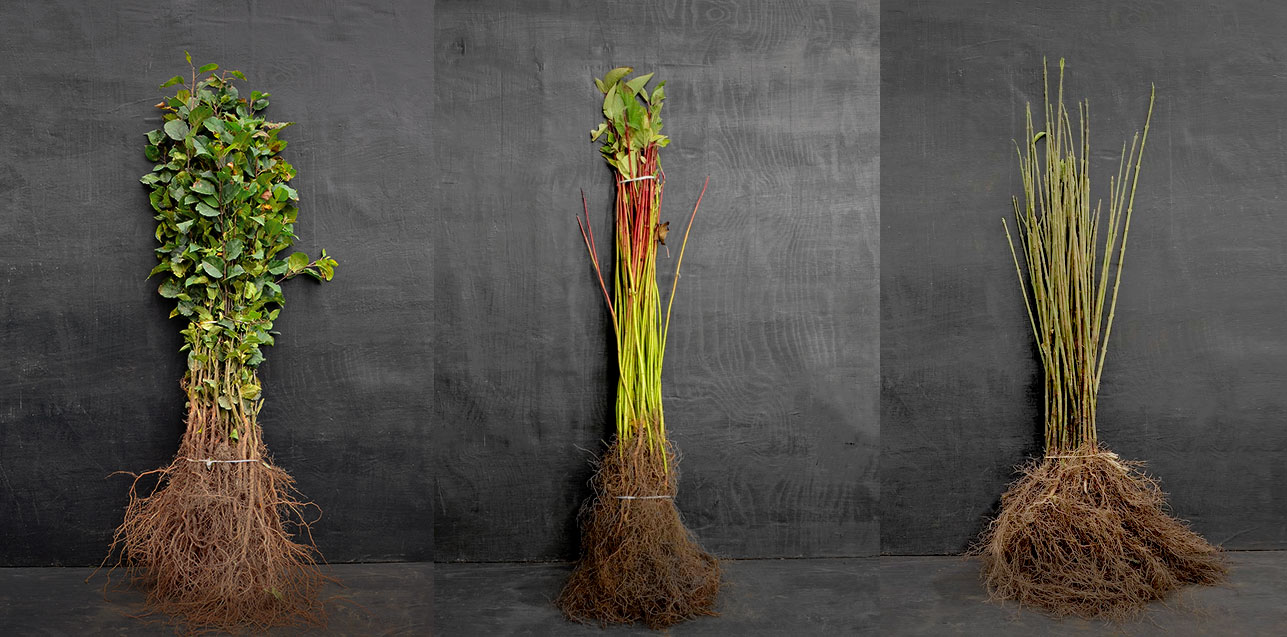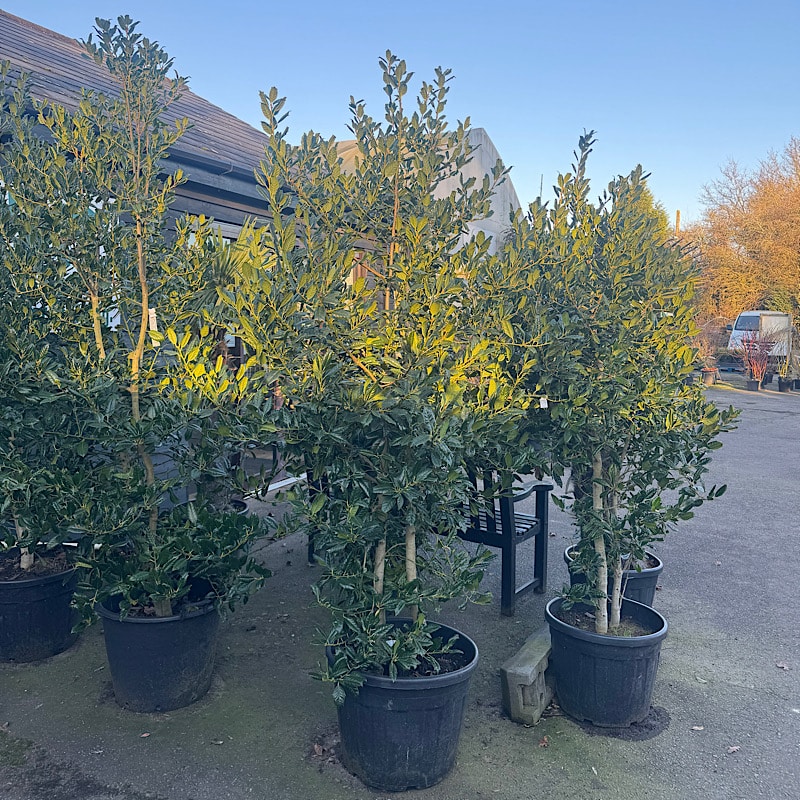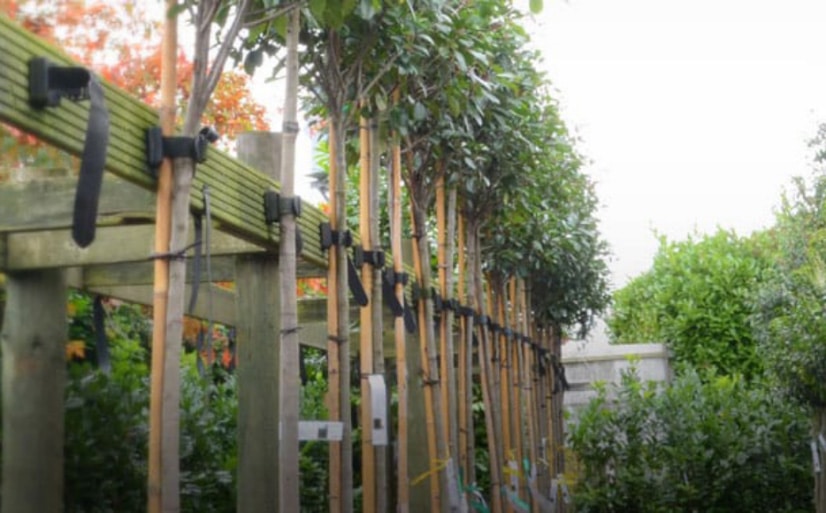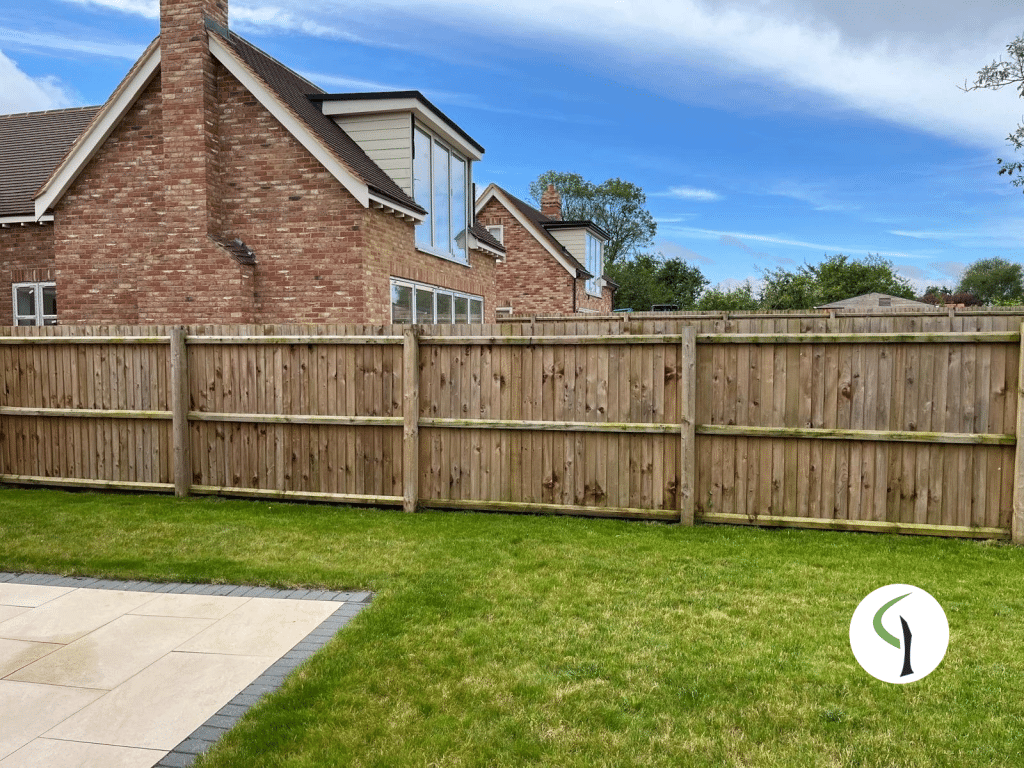
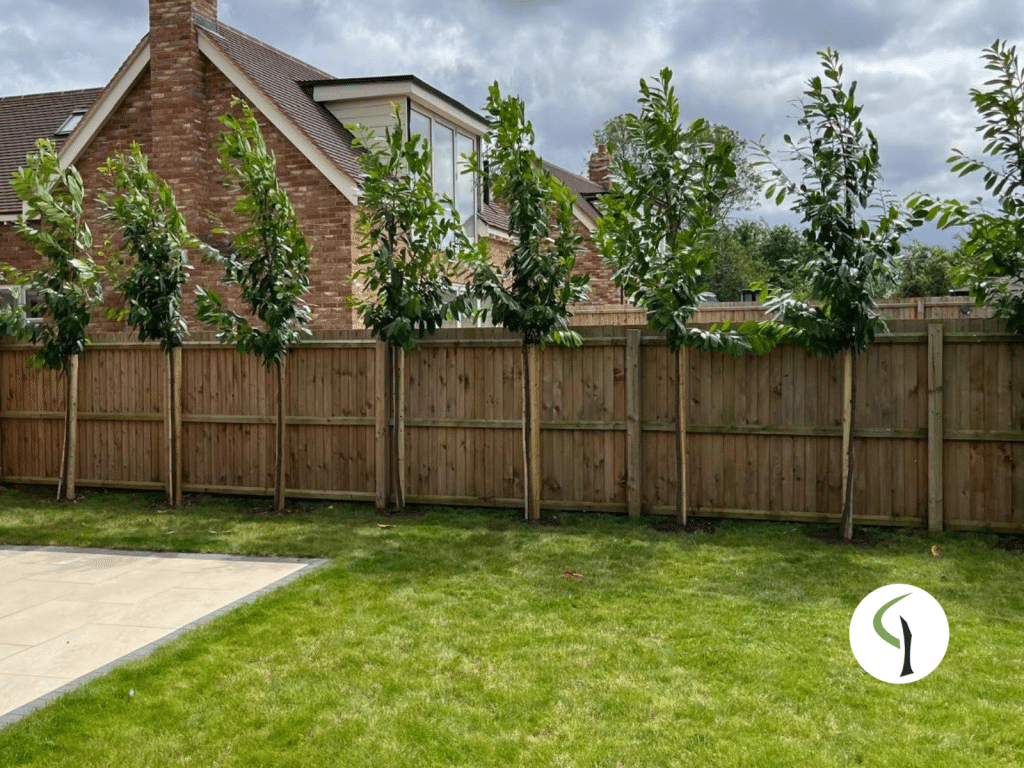
In recent years, we’ve noticed an increasing demand for trees that provide effective screening and enhance privacy, particularly for modern and new build homes. To help you choose the right trees for your needs, we’ve created this helpful guide. It showcases some of the best trees for screening, highlights important factors to consider during your selection process, and addresses some of the questions we are most often asked.
Let’s look at a few things you’ll need to consider.
How quickly do you want the trees to grow?
When thinking about planting trees for screening, its a good idea to consider how quickly are you hoping for them to grow and provide privacy.
While some believe that creating effective screening with trees takes many years, immediate privacy can be achieved by planting mature or semi-mature trees, although the cost will depend on their size. Larger, more mature trees are typically more expensive as more time and resources has gone into their care. Whereas, smaller trees offer a more affordable option if you are willing to wait for them to grow.
We often find that planting screening trees that are about one to two growing seasons away from providing full coverage strikes a good balance. This approach offers privacy within a reasonable timeframe while remaining more affordable.
Choosing the trees for the right aspect
Considering the aspect of your planting site is crucial when choosing the right screening tree for your space. To help you select the most suitable tree, you should consider a few key factors about the location first.
1. How much sunlight does the area receive? Is it partly shaded, or does it primarily face North or South? Understanding the sun exposure will ensure the tree thrives.
2. What is the soil type in the planting location? Different trees have different soil preferences, and knowing this will aid in selecting a healthy and long-lasting screen.
3. What is the access like to the planting site? This is important for the delivery and planting process of your chosen tree.
The placement of a screening tree is usually determined by the need to obstruct the view from neighbouring windows and gardens. This means that you need to choose a tree that will not only provide effective screening but also flourish in the specific conditions of your location. If you have a particular tree species in mind, it’s worth considering whether the conditions of your site are suitable for it to grow well. If not, exploring alternative species that are better suited to the environment might be necessary.

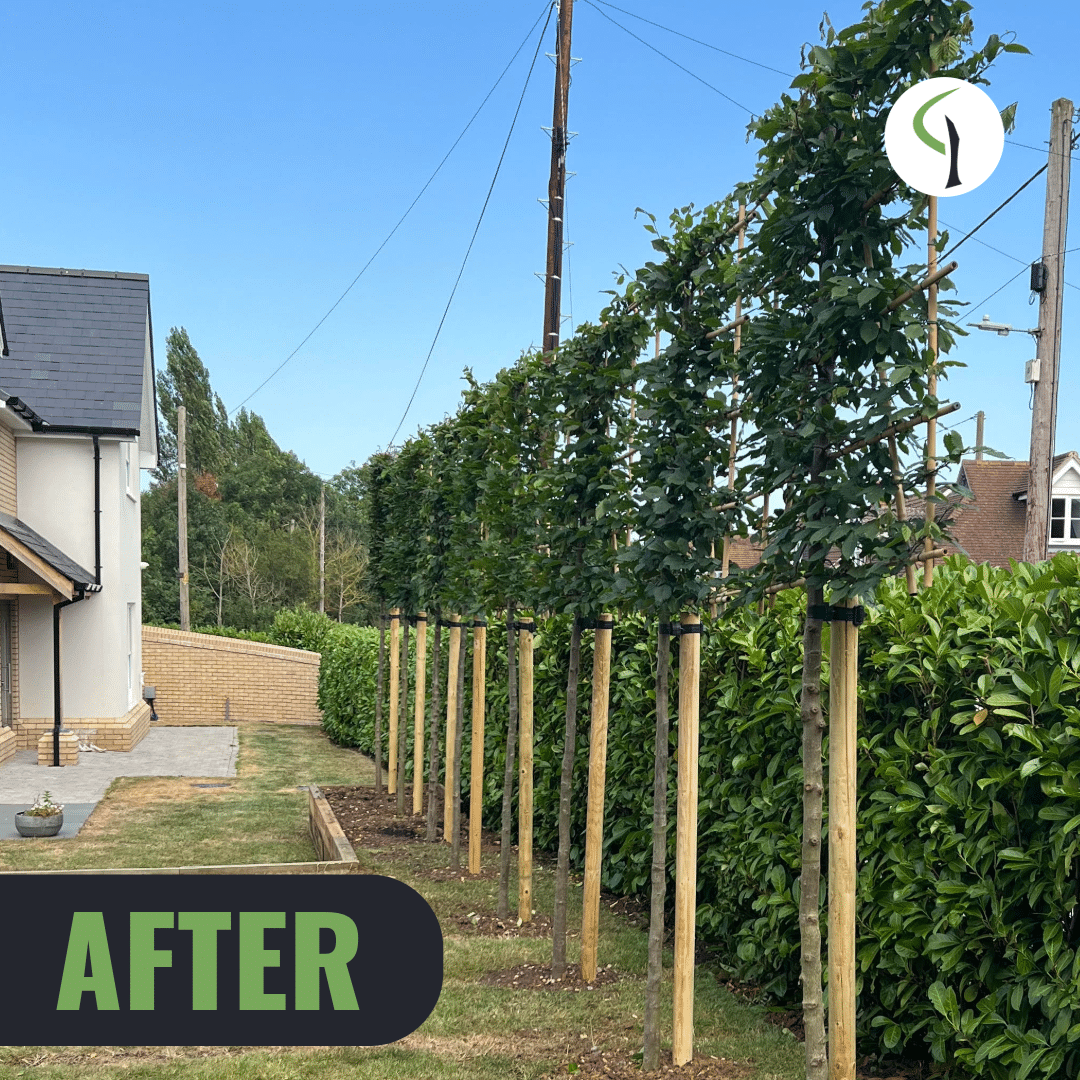
Screening trees suitable for small gardens
For smaller gardens where space is a premium, opting for trees with a clear stem of approximately 1.8m and a bushy head can be an excellent solution. These trees are also ideally suited for planting along fence lines or garden walls, creating an elevated screen that provides privacy above the existing boundary. Here are a few examples of trees well-suited for screening purposes:
Photinia ‘Red Robin’: This variety offers vibrant evergreen foliage that emerges as a striking red in the spring, providing beautiful winter interest.
Prunus laurocerasus (Cherry laurel): Featuring large, glossy green leaves that it keeps year-round, Cherry Laurel is another reliable option for a raised and bushy screen. It has established itself as one of the hardiest and most popular choices for planting in the UK.
Prunus lusitanica (Portuguese laurel): Narrower, slightly glossy, dark green leaves that emerge from purple tinted young stems. This variety has a slightly slower growth rates but holds onto its shape quite well with minimal trimming.
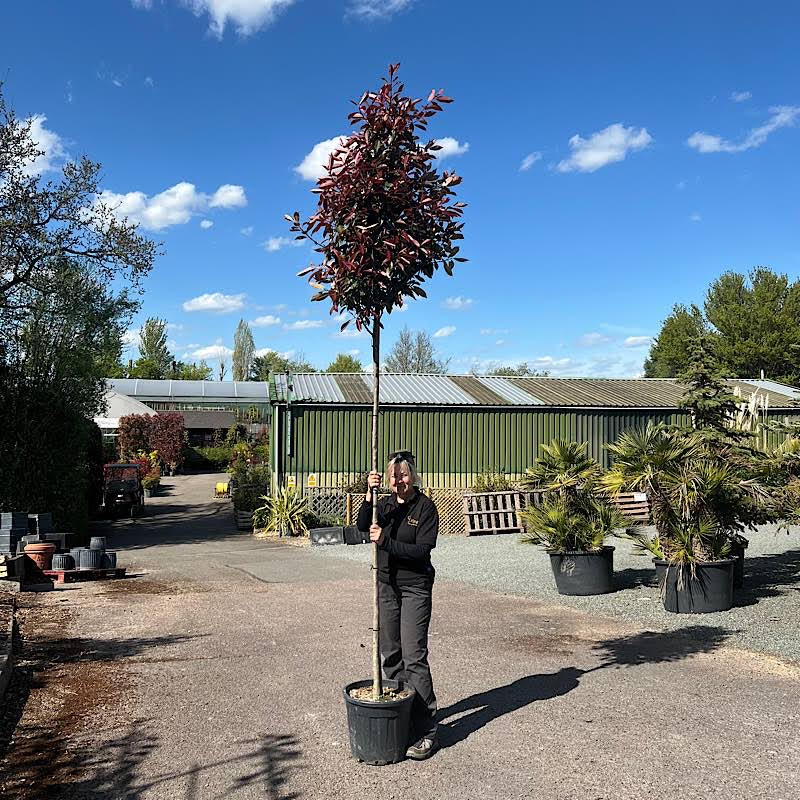
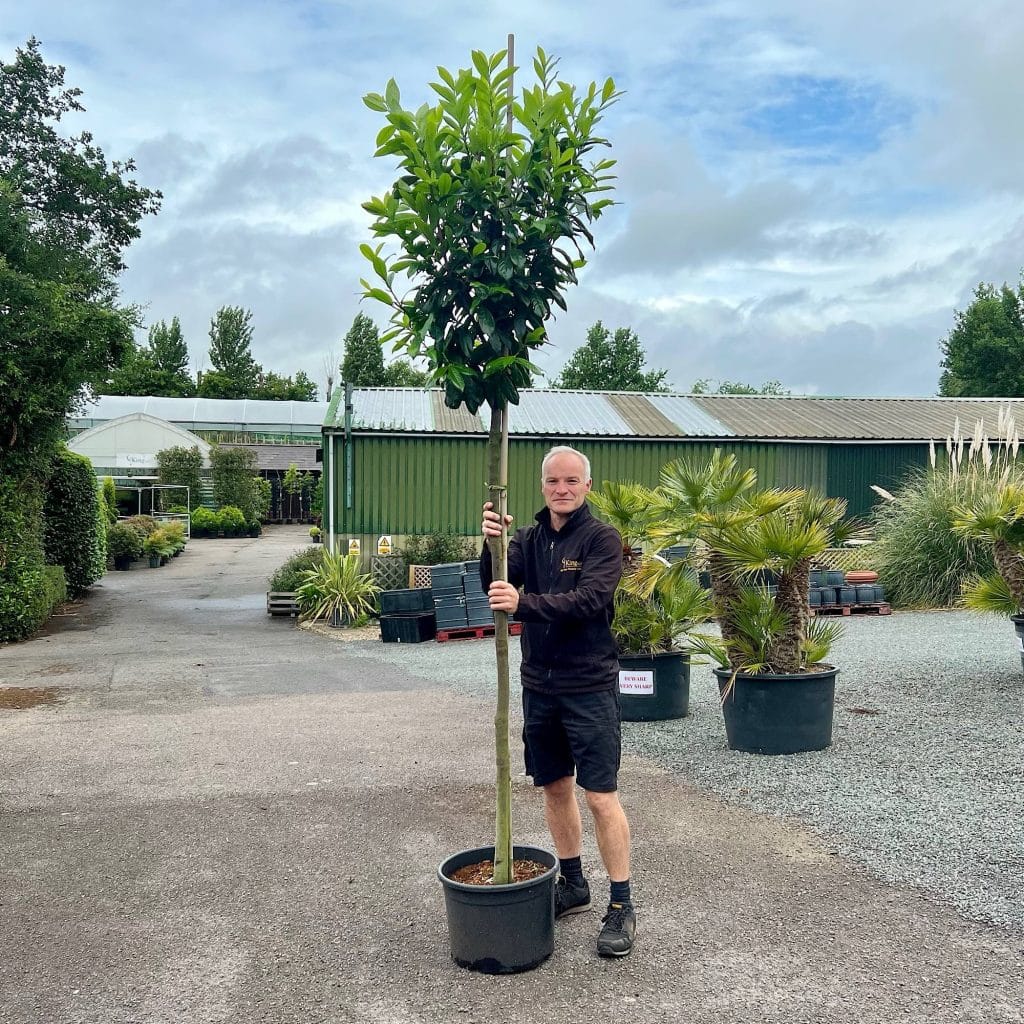

Screening trees suitable for large gardens
While the previously mentioned trees are suitable for large gardens, we have some additional suggestions if you have ample space. For expansive gardens, consider:
Carpinus betulus (Hornbeam). A semi-evergreen trees that holds onto its brown leaves in winter (unless it is overly cold or windy). Hornbeam makes an excellent screen, especially when grown as a pleached tree on a framework.
Tilia cordata (Lime). A deciduous tree that responds well to clipping and pollarding, this means that you can plant it in smaller spaces such as churchyards, streets, and avenues. Lime is also tolerant to a wide range of soils and very exposed positions!
To effectively screen taller and less desirable features, group plantings of Pinus sylvestris (Scots pine) and Pinus nigra (Austrian pine) works well. These pines mature at a height of 15 metres and are currently available at a manageable size of 1.75-2m. Austrian Pine is the faster growing of the two.
Screening trees for shaded sites
For planting locations in full or partial shade, consider a variety like Ilex ‘Nellie Stevens’. This holly boasts a naturally dense growth habit, making it an ideal selection for establishing an effective and attractive screen. ‘Nellie R. Stevens’ is also a self-pollinating hybrid derived from our native Holly, so it reliably produces an abundance of vibrant red berries each autumn. These berries not only provide a stunning visual display but also significantly enhance the plant’s seasonal interest.
Still not sure what screening tree you should choose?
We hope our guide has provided valuable insights into what we consider to be some of the best trees for screening purposes.
If you are still unsure or would like to save time on your research, please don’t hesitate to contact us by phone or email. Our knowledgeable team at the Tree Nursery is ready to assist you. Simply provide us with some details about your project and planting site, and we would be happy to offer tailored recommendations.
Further reading:
Screening trees create privacy for an overlooked garden on a new build estate
Photinia trees used as a cost effective natural screen to block view of unsightly factory
Three examples of beautiful Bamboo (Phyllostachys) for creating a natural screen

